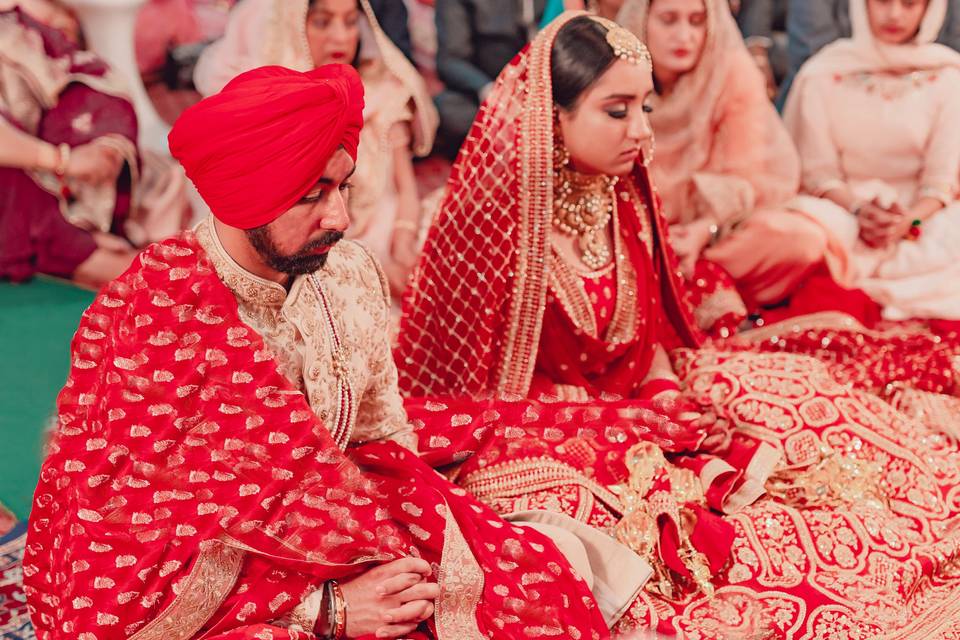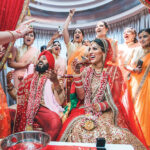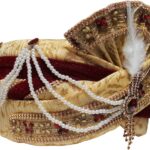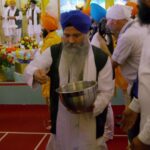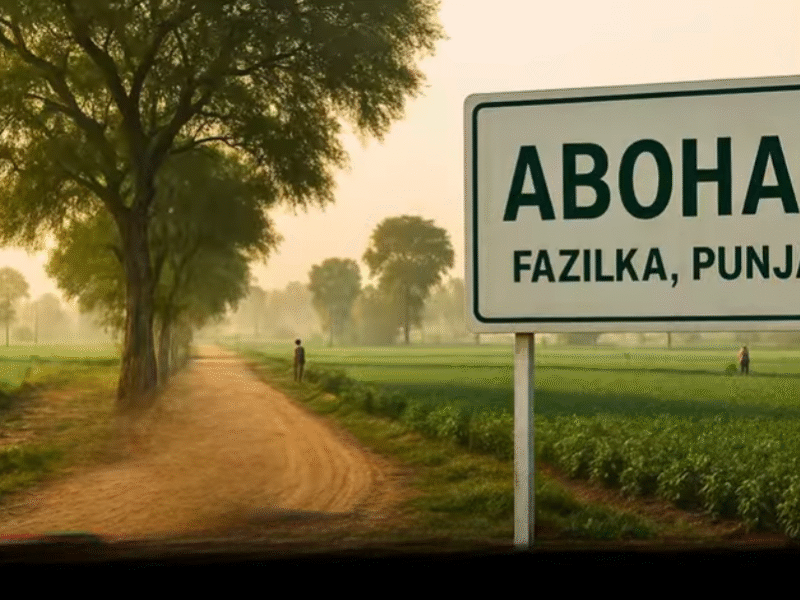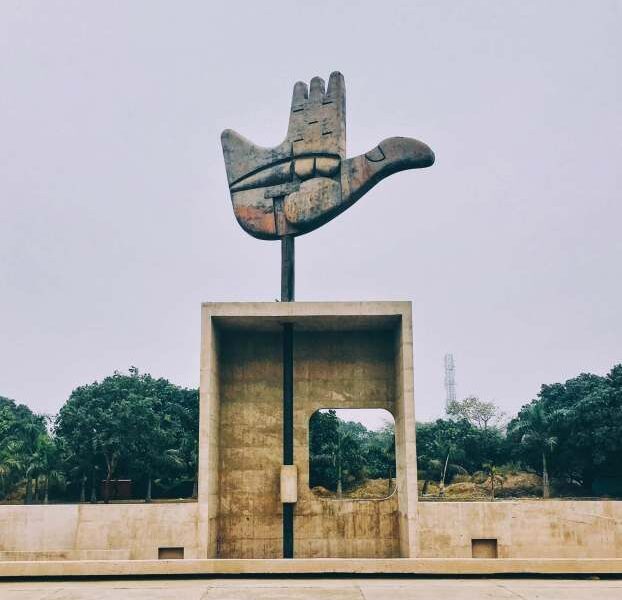Punjabis are straightforward yet jovial people who value passionately expressing their feelings. Their marriages are a reflection of their life philosophy, much like their character. Punjabi weddings are vibrant, boisterous, occasionally excessive, and exciting with lots of chances to sing and dance all night long. Punjabi weddings can be modest or extravagant, but they always guarantee a lot of fun and festivity. A Punjabi wedding is a lengthy and pleasant event that involves numerous pre- and post-wedding customs. Although Punjabis love to party, their weddings show that they also tend to follow long-standing customs—occasionally with a traditional twist. From ornate lehengas to obnoxious baratis, the “dance till you drop” Sangeet to the incredibly hospitable and pleasant people, A Punjabi wedding is comparable to riding a real roller coaster. Let’s examine the different wedding rituals.
When everything about the marriage appears to be going well, the bride’s family visits the groom’s home to give him their blessing. They also bring numerous gifts for the family, including fruits, sweets, clothing, money, and other items known as shagun. The Roka is the name of this practice. Often, the bride is not present at the Roka. In return, the bride’s family receives a gift-filled visit from the groom’s family on a different day. The welcome-back ritual is called a Thaka. Usually, only the immediate family attends these two low-key gatherings. The Roka ritual heralds the beginning of the two families and typically kicks off with a brief puja known as Ardaas.
Mangni/Sagai
This ritual signifies the couple’s official engagement. This usually takes place in a lavish setting and occurs at least a few months before the wedding. Both the bride’s and the groom’s families and friends assemble. The groom’s family feeds the bride milk and boiled rice. The pair swaps rings while exchanging joyful greetings. The match becomes official after the sagai ritual.
Shagun and Chunni Chadai
The Chunni Ceremony is performed to symbolize the bride’s acceptance into the groom’s family. On the morning of the Sagai or the day before, a group of women arrives at the bride’s home. Together with jewels, sweets, fruit, and mawa, they also carry the bride’s attire for the Sagai. A unique component of the present is a Chunni, a head scarf with elaborate decorations. The bride wears the chunni as a veil, covering her face while it is placed on her head. Chunni Chadana is the name of this ritual. Her mother-in-law then presents her with jewelry, such as bangles or necklaces that are family treasures, and assists her in putting them on. Her palm receives a little henna dot to signify the auspiciousness of the ritual. The bride receives what is referred to as Shagun gifts.
Sangeet
The bride’s family typically organizes the Sangeet, which is a musical celebration. Traditionally, the family’s female members gathered and seated themselves around the bride. Together, they laughed, teased the bride, and sang traditional wedding songs. A couple of the groom’s family members and the groom himself were also invited. The Sangeet is now a grand occasion where both families come together for a musical evening full of enjoyment. Dance performances are presented by groups from both sides and are frequently choreographed by professionals. In essence, it’s a wonderful chance for the families to get to know one another.
Mehendi
Mehendi is an essential component of the Punjabi wedding ritual. Henna paste is applied to the bride’s hands and feet while she is seated on a special stool. The groom’s initials are tucked away among the numerous patterns in the delicate and sophisticated henna decorations. gives off a dark crimson color after drying. It is said that the bride will experience more love from her future in-laws the darker the mehendi hue is. Family members used to apply the henna paste in the past, but now mehendi artists are paid professionally. Henna is also painted on the hands of other female family members. The same mehendi ritual is performed at the groom’s home, albeit on a lesser scale. On the groom’s palms, a very basic henna design is typically done. Throughout the entire ceremony, traditional wedding songs are sung.
Wedding attire
At the wedding, the Punjabi groom often dons a set of Kurta Pajamas. Churidaar pants can also be worn with kurtas. These Kurtas typically feature extravagant, intricate decorations. Sherwani is the traditional attire for Punjabi grooms today. The most popular colors are cream or off-white, which are heavily embellished with zari threadwork, beading, and stone adornment. He wears the sherwani with a blue or maroon pajama or churidar that is a complementing hue. A dupatta is also slung around his neck. With the entire ensemble, he wears a traditional jooti or more contemporary loafers. He sports a headpiece with strings of pearls, beautiful ribbons, or even flowers hanging from it that hide his face. Sehra is the name of this distinctive headpiece. The groom fastens the sehra’s top portion around his forehead and ties it behind his head.
